Opus One
0
Opus One is among California’s leading wine estates. It was founded as a joint venture between two leading wine producers: Baron Philippe de Rothschild, the owner of Château Mouton Rothschild in Pauillac; and Robert Mondavi, one of the most influential figures in Californian wine history.
The History of the Estate:
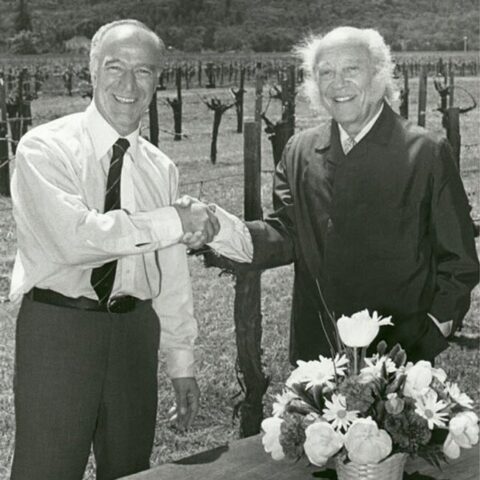 Opus One was created in 1978 by Baron Philippe de Rothschild, the legendary owner of Château Mouton Rothschild, and the famous Napa Valley wine producer Robert Mondavi. It is located in the Oakville sub-region of California’s Napa Valley. There are four estate-owned vineyards, including considerable holdings in the prestigious To Kalon vineyard. By combining both families’ winemaking traditions and innovations, the partners aimed to create an exceptional wine in the heart of the Napa Valley. Opus One was a success and has been acclaimed as a “Californian First Growth”. Opus One has 55 hectares of vines planted with Bordeaux grape varieties. Baroness Philippine de Rothschild inaugurated the new Opus One winery, one of the architectural gems of the Napa Valley, in 1991.
Opus One was created in 1978 by Baron Philippe de Rothschild, the legendary owner of Château Mouton Rothschild, and the famous Napa Valley wine producer Robert Mondavi. It is located in the Oakville sub-region of California’s Napa Valley. There are four estate-owned vineyards, including considerable holdings in the prestigious To Kalon vineyard. By combining both families’ winemaking traditions and innovations, the partners aimed to create an exceptional wine in the heart of the Napa Valley. Opus One was a success and has been acclaimed as a “Californian First Growth”. Opus One has 55 hectares of vines planted with Bordeaux grape varieties. Baroness Philippine de Rothschild inaugurated the new Opus One winery, one of the architectural gems of the Napa Valley, in 1991.
Constellation Brands acquired Robert Mondavi Winery in 2004 and reached an agreement with Baron Philippe de Rothschild SA in the following year to continue Opus One as a 50/50 joint venture. Asserting its independence and striking a perfect balance between its two partners, Opus One’s sole aim is to maintain its founders’ vision and passion for future generations.
The Vineyard:
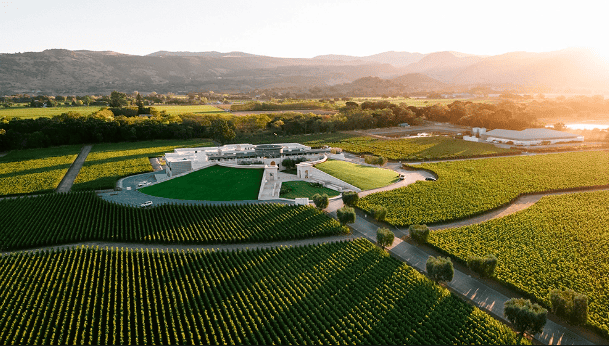
The Opus One estate is made up of 4 parcels located in the western part of the famous Oakville wine region. Two parcels, covering 40 hectares, are part of the famous To Kalon vineyard. To these can be added the 28 hectares of the Ballestra and River parcels that surround the Opus One estate.
The vines are cultivated using traditional methods, such as harvesting by hand where this is the best option. In addition, if modern techniques can improve our viticultural methods, we study and evaluate them rigorously before implementing them.
The Wines:
While the exact proportions of the blend vary from vintage to vintage, Cabernet Sauvignon remains the emblematic grape variety, complemented by Cabernet Franc, Merlot and Malbec in homage to Bordeaux tradition and the flagship varieties of Bordeaux’s left bank. From the vineyard to the cellar, every stage in the production of Opus One wines bears witness to the utmost care and attention. The wines are matured for 18 months in new French oak barrels. After bottling, the wine is aged in bottle for a further 15 months before being released on 1 October each year. These rigorous, uncompromising choices have produced the exceptional grand cru that is Opus One.
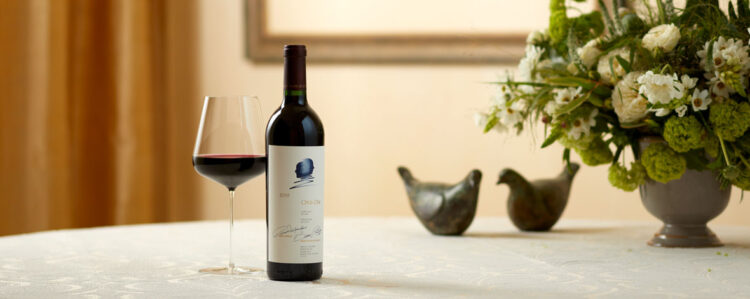

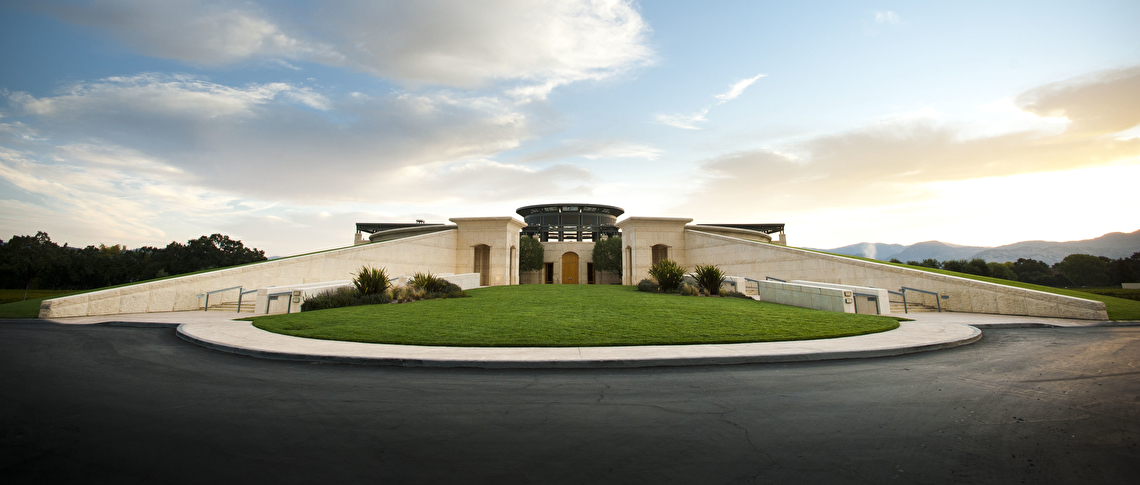

 Tignanello was created by Giacomo Tachis and Piero Antinori in 1970, then it was called Podere Tignanello Chianti Classico Riserva, becoming Tignanello, Vino da Tavola in 1971 when it was made as a pure Sangiovese. In 1975 the Cabernet Sauvignon arrived which in recent years is leaning towards Cabernet Franc under the guidance of Renzo Cotarella.
Tignanello was created by Giacomo Tachis and Piero Antinori in 1970, then it was called Podere Tignanello Chianti Classico Riserva, becoming Tignanello, Vino da Tavola in 1971 when it was made as a pure Sangiovese. In 1975 the Cabernet Sauvignon arrived which in recent years is leaning towards Cabernet Franc under the guidance of Renzo Cotarella.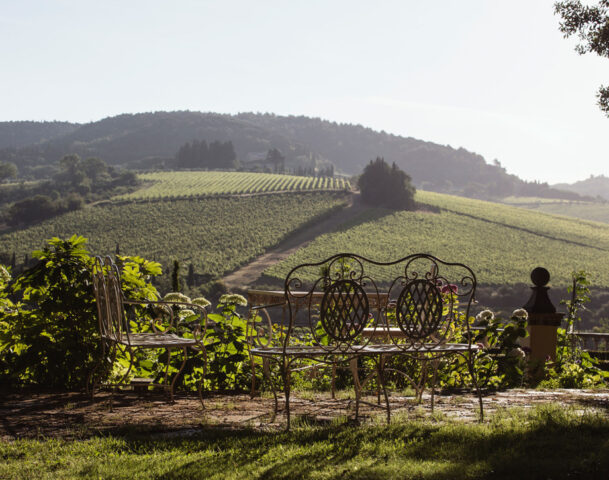 The Terroir:
The Terroir: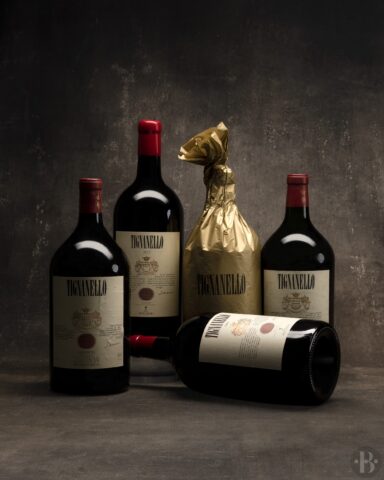
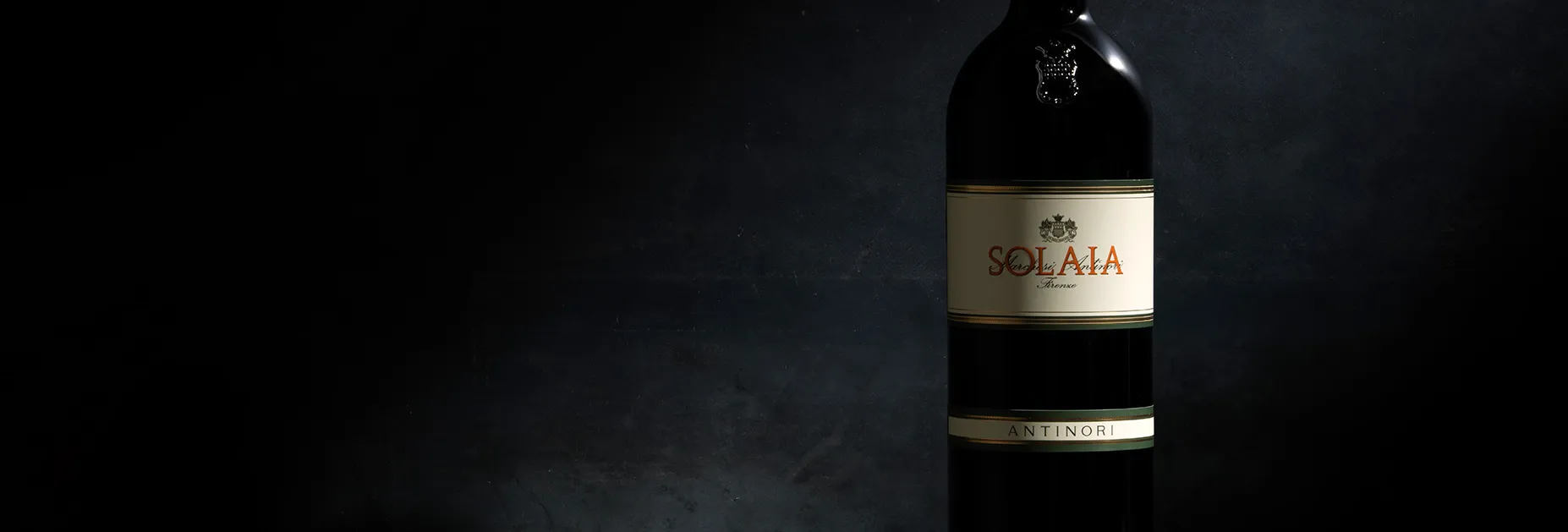
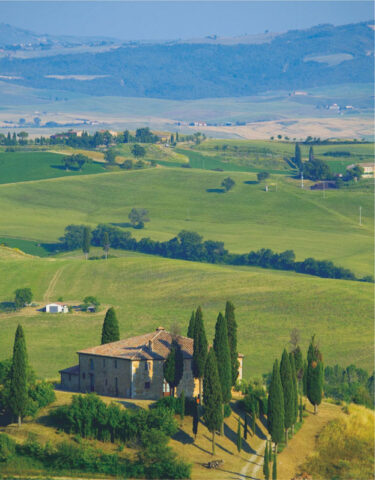
 The 130-hectare vineyard is divided into smaller parcels. The Solaia and Tignanello vineyards lie on the gentle southwest-facing slope, with marine marlstone from the Pliocene period that’s rich in limestone and schist.
The 130-hectare vineyard is divided into smaller parcels. The Solaia and Tignanello vineyards lie on the gentle southwest-facing slope, with marine marlstone from the Pliocene period that’s rich in limestone and schist.
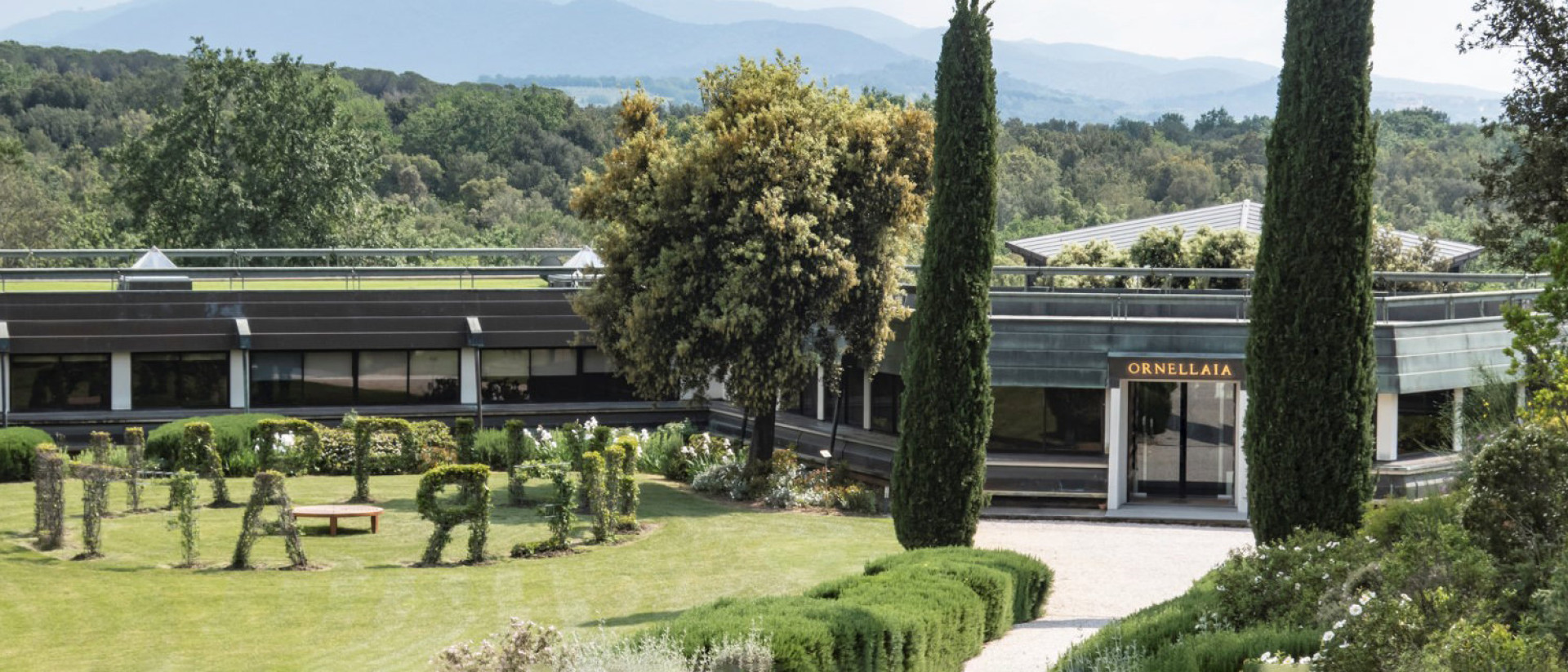
 Winemakers for 700 years, the Frescobaldi family bring together a creative mindset, pursuit of excellence and a deep respect for tradition. Cultivating and celebrating local diversity has always been their philosophy, respecting the identity and independence of each wine estate.
Winemakers for 700 years, the Frescobaldi family bring together a creative mindset, pursuit of excellence and a deep respect for tradition. Cultivating and celebrating local diversity has always been their philosophy, respecting the identity and independence of each wine estate.
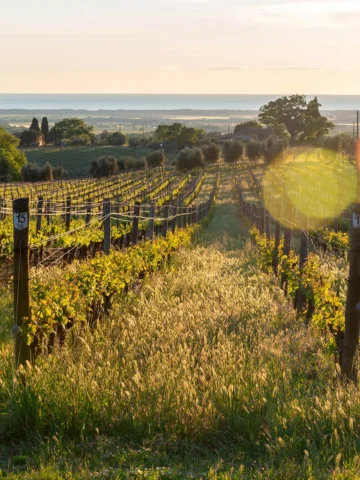

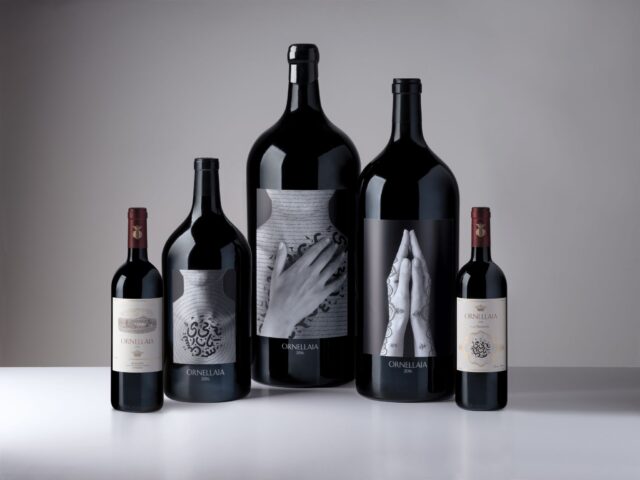



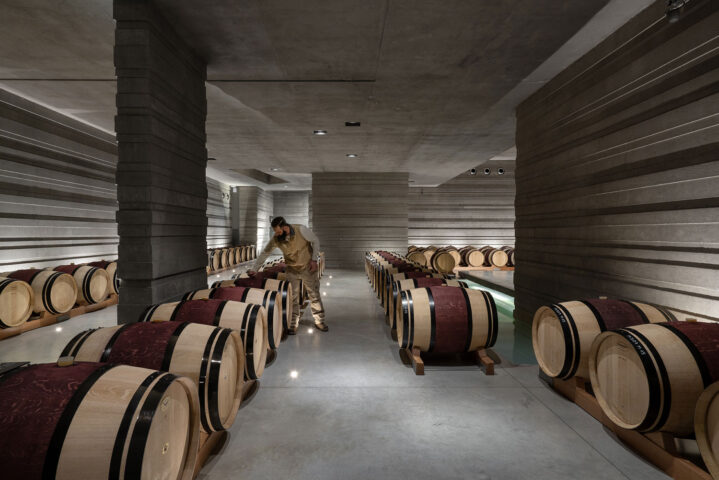


 Mario Incisa della Rocchetta planted Cabernet Sauvignon and Merlot vines on this land and enlisted the expertise of Piero Antinori’s winemaker, Giacomo Tachis. Tachis played a pivotal role in shaping Tenuta San Guido’s winemaking philosophy and techniques.
Mario Incisa della Rocchetta planted Cabernet Sauvignon and Merlot vines on this land and enlisted the expertise of Piero Antinori’s winemaker, Giacomo Tachis. Tachis played a pivotal role in shaping Tenuta San Guido’s winemaking philosophy and techniques.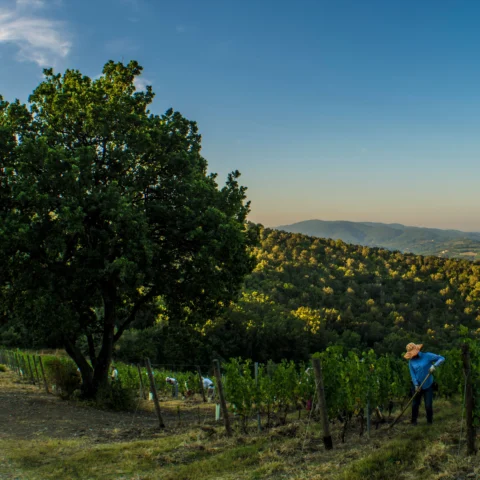 In the Sassicaia microzone there are two distinct areas: the first, foothills, where the vineyards are at an altitude of about 80 metres above sea level and originate in the Lower Middle Pleistocene. The second is hilly, with vineyards located between 250 and 400 metres above sea level and originating in the Lower Cretaceous and Eocene-Paleocene periods.
In the Sassicaia microzone there are two distinct areas: the first, foothills, where the vineyards are at an altitude of about 80 metres above sea level and originate in the Lower Middle Pleistocene. The second is hilly, with vineyards located between 250 and 400 metres above sea level and originating in the Lower Cretaceous and Eocene-Paleocene periods.

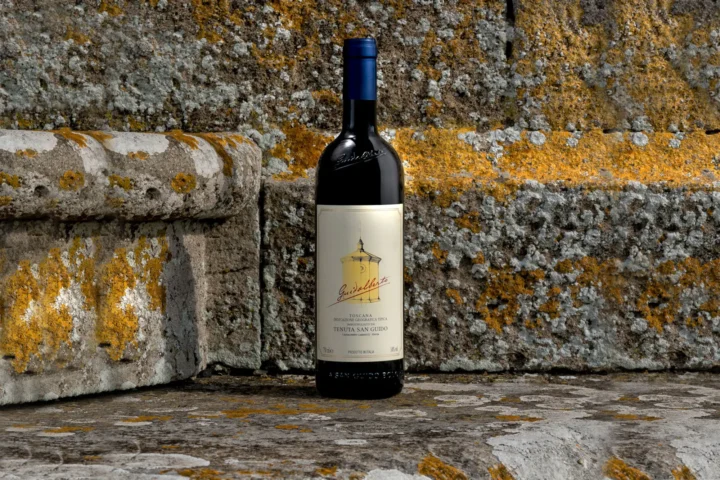
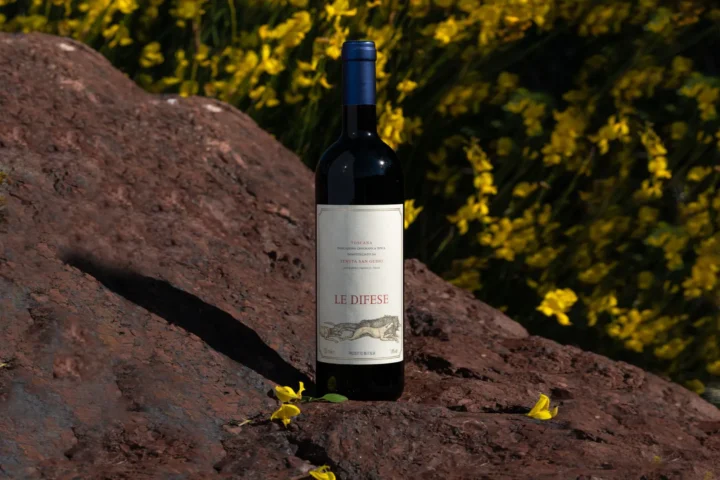

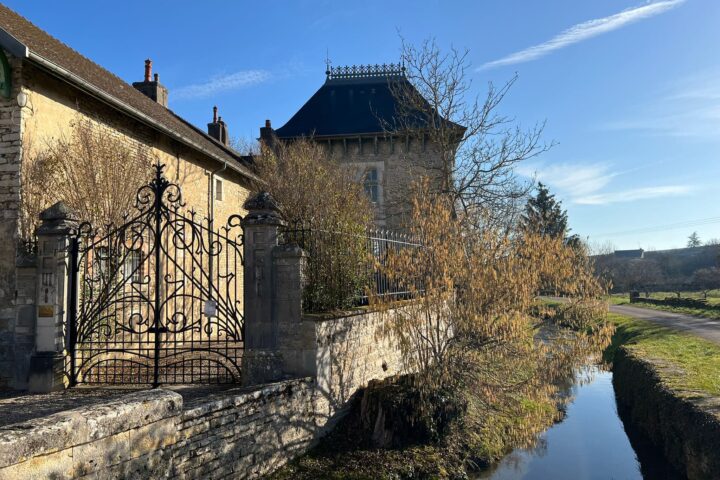



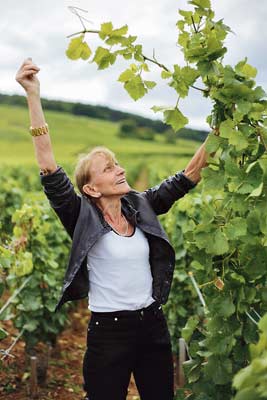


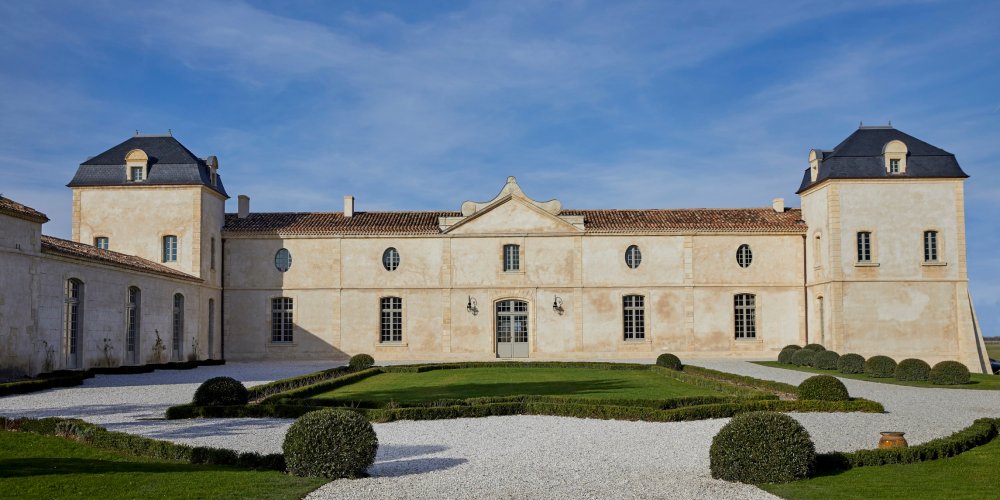
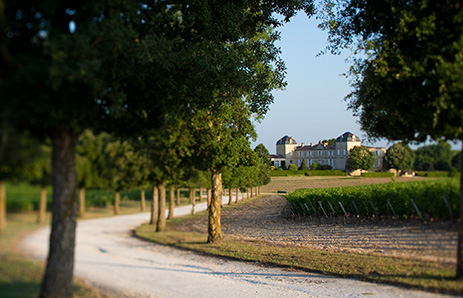 Historians trace Calon’s origins back to Gallo-Roman times. Wine production has been documented since the 12th century, but it was in the 18th century, with the Marquis Nicolas-Alexandre de Ségur, who also owned Latour, Lafite and Mouton, that the estate wrote its finest pages.
Historians trace Calon’s origins back to Gallo-Roman times. Wine production has been documented since the 12th century, but it was in the 18th century, with the Marquis Nicolas-Alexandre de Ségur, who also owned Latour, Lafite and Mouton, that the estate wrote its finest pages.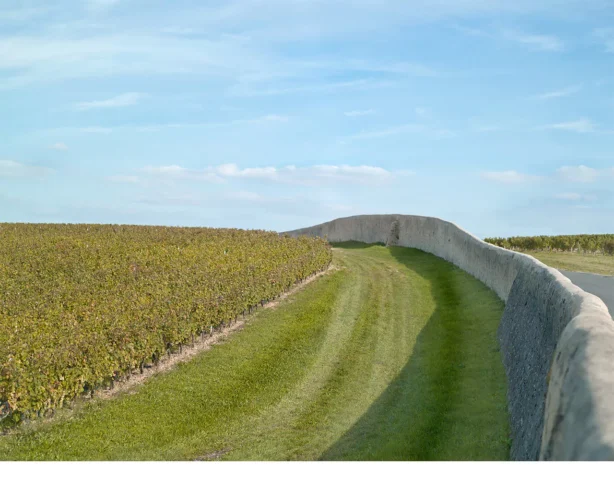
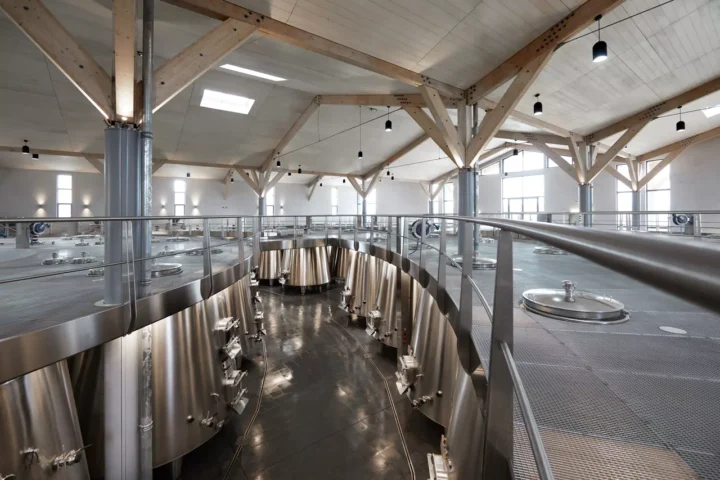
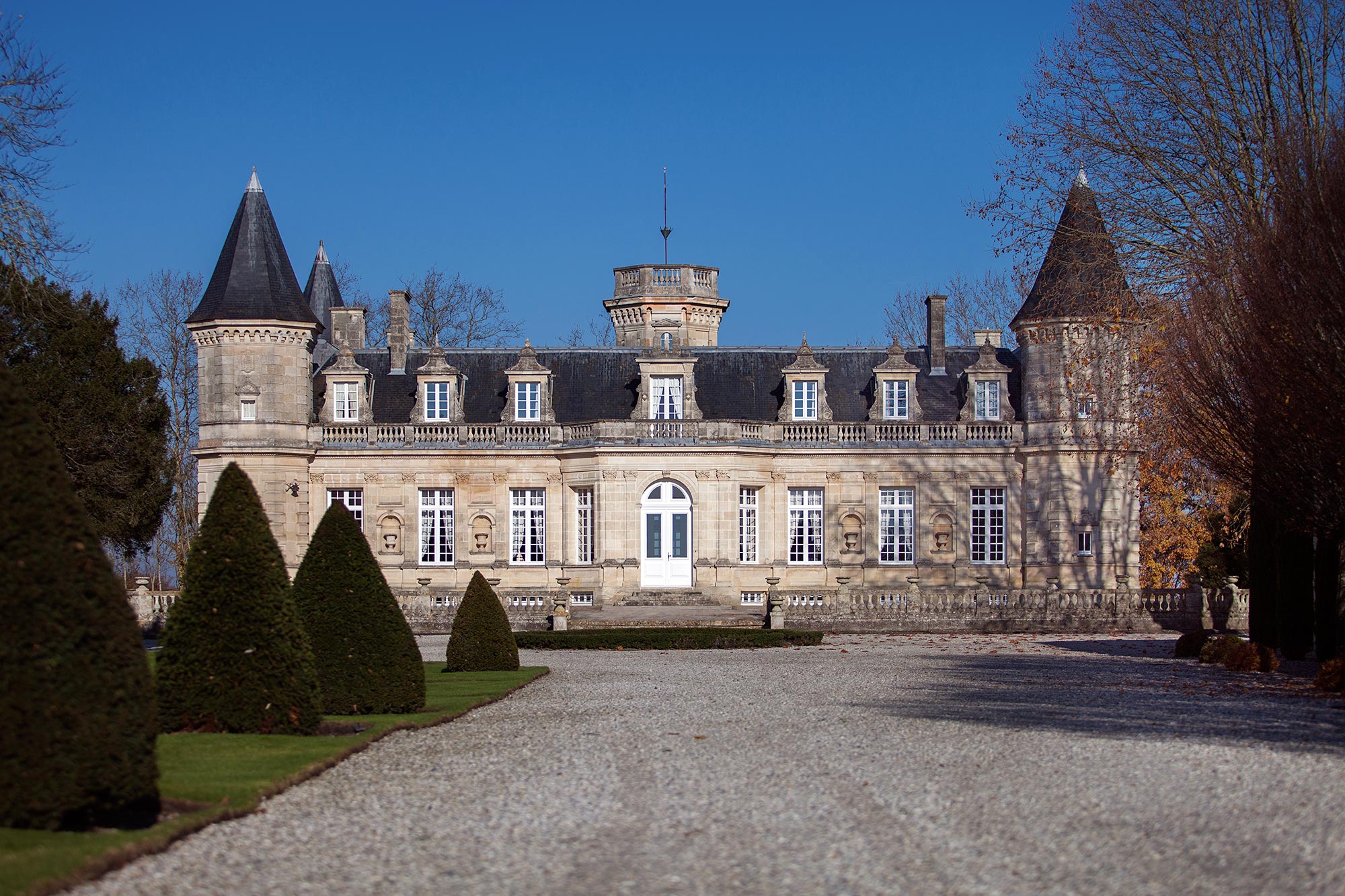
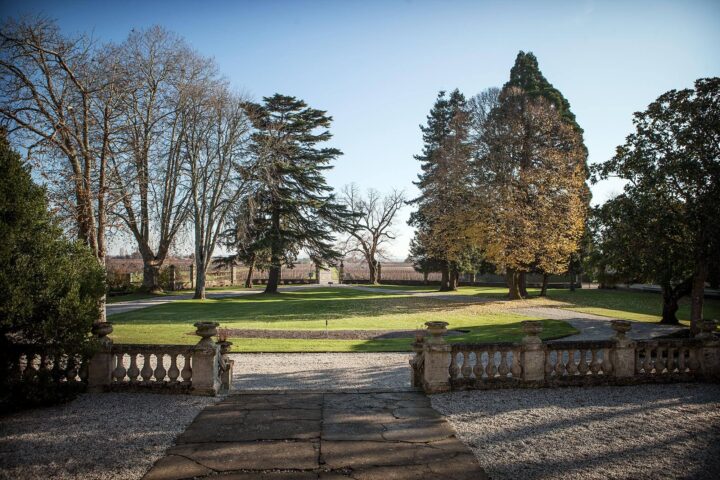 Cleared in 1772, the estate became the property of Henri Labarthe, who cleaned it up and prepared it for vine growing. The Beaumont vineyard was created in 1824 by its new owner, Monsieur Bonnin. From 1830 to 1847, the Maison de Beaumont belonged to the Marquis d’Aligre, one of France’s greatest fortunes, who tripled the size of the vineyard. In 1849, the estate passed into the hands of the Bonnin brothers, who built Château Beaumont in 1854. They were succeeded in 1890 by the Parisian industrialist Joseph Germain. Through his devotion, he succeeded in elevating the wines of Château Beaumont to the top rank of Médoc Crus Bourgeois.
Cleared in 1772, the estate became the property of Henri Labarthe, who cleaned it up and prepared it for vine growing. The Beaumont vineyard was created in 1824 by its new owner, Monsieur Bonnin. From 1830 to 1847, the Maison de Beaumont belonged to the Marquis d’Aligre, one of France’s greatest fortunes, who tripled the size of the vineyard. In 1849, the estate passed into the hands of the Bonnin brothers, who built Château Beaumont in 1854. They were succeeded in 1890 by the Parisian industrialist Joseph Germain. Through his devotion, he succeeded in elevating the wines of Château Beaumont to the top rank of Médoc Crus Bourgeois. Situated on the left bank of the Gironde, between the communes of Margaux and Saint-Julien, Château Beaumont draws its finesse and delicacy from the deep gravels of the best Haut-Médoc soils. The château has opted for integrated wine production in accordance with the Terra Vitis specifications, with the aim of producing quality grapes with the greatest respect for the environment.
Situated on the left bank of the Gironde, between the communes of Margaux and Saint-Julien, Château Beaumont draws its finesse and delicacy from the deep gravels of the best Haut-Médoc soils. The château has opted for integrated wine production in accordance with the Terra Vitis specifications, with the aim of producing quality grapes with the greatest respect for the environment.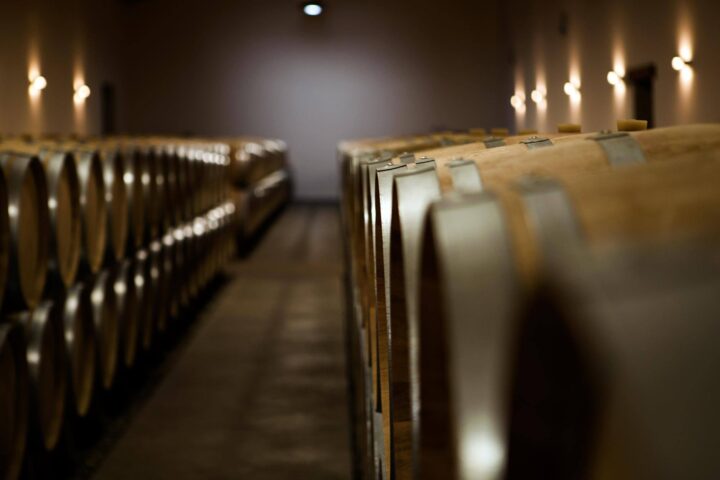 Château Beaumont wines can be enjoyed young or cellared for up to fifteen years, when they will reveal their full complexity.
Château Beaumont wines can be enjoyed young or cellared for up to fifteen years, when they will reveal their full complexity.